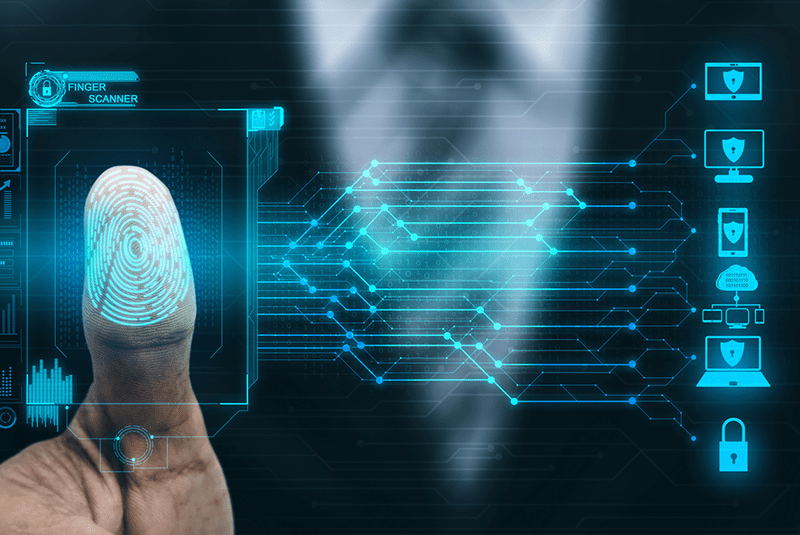
As technology evolves, many businesses are revolutionizing their operations by leveraging online platforms and software that offer simplicity and reliability. However, the use of electronics does not lack its cons. It is crucial for any business that conducts its operations online to protect itself against any attack that threatens the integrity of its security.
One of the main jobs of an organization’s IT and Information Security departments is to ensure no data breaches or attacks, such as viruses, malware, and phishing, that might jeopardize a business’s relationship with its clients.
What is eSignature?
Electronic signatures are a form of technology that digitally identifies a user giving a specific command. Unlike manual physical methods that require a person to sign using a pen or paper, the subject only needs to use a device that will scan the signature that does not necessarily have to be hand-written. Identification and verification ensure that sensitive data does not fall into the hands of a third party that could potentially be disastrous.
Why do businesses need to sign their documents digitally?
Reliability and security
Unlike the pen and paper way of signing documents to close deals, digital methods are more reliable and secure. Incify, a digital marketing company asserts that one of the reasons it is better to sign documents online is that a person does not have to be physically present in a specific location or time. You can sign the document from anywhere with an electronic device that has access to the internet.
Lower cost operational costs
Another benefit of e-signatures is that it reduces the cost of production. A person does not have to worry about raw materials like paper that go into making physical documents.
Moreover, there is no need for extra physical storage since, subject to the software an organization uses; everything can be stored online, for example, in the cloud, where it is easily accessible.
Disadvantages of using electronic signage
The biggest issue facing many businesses that offer electronic signing documents is that they remain susceptible to cyber-attacks. However, it is not as easy for sensitive data to fall into the wrong hands in electronic signatures as it is in manual pen and paper signatures; the possibility of a breach still exists.
It is essential to have a department that evaluates your entire system to ensure that every transaction is secure: this way, your clients will be more trusting, which is good for business.
How to safeguard the security of your e-signature services?
Every digital transaction that goes through your system has an audit trail. Your team must take a holistic approach to assess your business’s cloud hosting and software providers to ensure no cyber threats, such as data loss, viruses, and malware. Some of the areas to checklist during the system assessment include:
User authentication
This step offers a specific language to determine user identity. The best form of authentication should recognize a person before allowing the signing to take place. An electronic signature that stands out is the one that can:
- Conduct multiple remote user authentication: A reliable electronic signature platform should use ID and password before allowing users to sign in.
- Ease of verification: The software should provide digital certificates and allow users to upload images that help complete verification.
- Every electronic signature service should have a reliable user authentication method that captures the minor discrepancies, maintaining security.
Embedded audit trail
The best way to ensure extra security in your organization is to develop an archive for documents to ensure future safety independent of the specific electronic signature vendor that you are using. The platform should index, store and offer long-term retention and future accessibility of the signed document.
Document and signature security
When it is time to complete the actual signing process, ensure that the software can prevent third parties from tampering with the document’s signature or content. The best way to promote security is to create signature encryption with an audit trail that records the time and date a user applied a signature.
Audit trail
Your electronic signature software should provide a detailed audit trail and information about how the user completed the transaction. Your security team should ensure that the software can provide things like IP addresses or other actions users take during transactions.
Cloud security
This part is crucial to ensure no data loss through breaches or insufficient cloud security risks like leakages. Your team should verify that there is robust data encryption technology that protects certificates.
Thoroughly assess every aspect of your company’s electronic signature solutions to protect users and data from any cyber threat.

